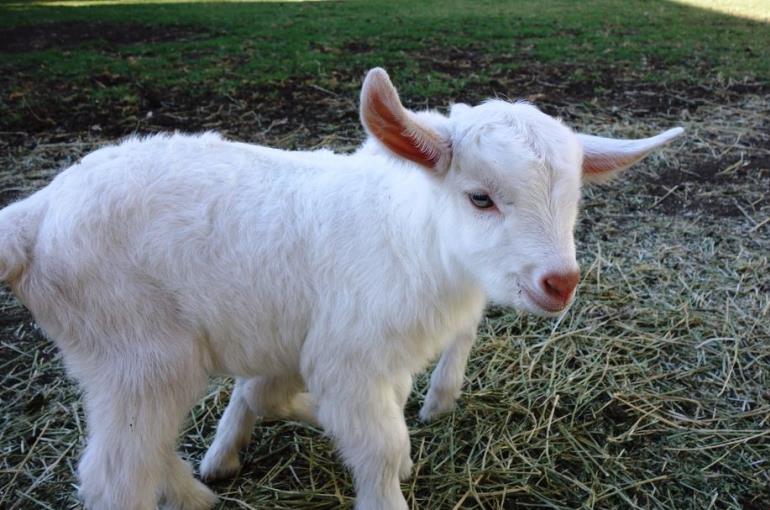How to select Goats for Milk or Meat

This post is also available in:
This post is also available in:
![]() Español (Spanish)
Español (Spanish) ![]() Français (French)
Français (French) ![]() Deutsch (German)
Deutsch (German) ![]() Nederlands (Dutch)
Nederlands (Dutch) ![]() हिन्दी (Hindi)
हिन्दी (Hindi) ![]() العربية (Arabic)
العربية (Arabic) ![]() Türkçe (Turkish)
Türkçe (Turkish) ![]() 简体中文 (Chinese (Simplified))
简体中文 (Chinese (Simplified)) ![]() Русский (Russian)
Русский (Russian) ![]() Italiano (Italian)
Italiano (Italian) ![]() Ελληνικά (Greek)
Ελληνικά (Greek) ![]() Português (Portuguese (Brazil))
Português (Portuguese (Brazil)) ![]() Tiếng Việt (Vietnamese)
Tiếng Việt (Vietnamese) ![]() Indonesia (Indonesian)
Indonesia (Indonesian) ![]() 한국어 (Korean)
한국어 (Korean) ![]() polski (Polish)
polski (Polish)
Just like in pig farming, a common mistake of inexperienced farmers is that they often start raising just one goat. The goat is a very social animal, born to live in a herd. In most cases, one goat will end up on a stressful condition, being extremely noisy (calling its partners) and trying to destroy the shelter, something that will probably result in its injury. Consequently, it is good to start our goat raising activity by purchasing at least 2-3 goats. The average goat lives 10-13 years, but can reproduce (and produce milk) from 1-1,5 until 7-9 years old. There are -of course- striking exceptions to these age limits.
As it happens in all livestock categories, there are different breeds and different strategies for different needs and levels of experience. First of all, you have to decide if you want to raise goats for milk and/or for meat. Alpine, Lamancha, Nubian, Saanen, Toggenburg and Oberhasli are the most common dairy goat breeds. Boer, Beetal, Fainting, Kiko, Somali and Napoletana are well known meat goat breeds.
Inexperienced farmers are advised to start by raising only female goats for milk, because male goats (bucks) need special handling. In this case, new farmers often purchase 3-4 female goats -of different ages but close to 6 months old- and start raising them. When the goats reach the reproductive age of 1-1,5 year old, they mate them with outsourced bucks (you may have to pay a fee).
Each goat usually gives birth to 1-3 baby goats. When a goat (after the 5 months pregnancy period) gives birth to a female goat, most farmers keep the baby in order to extend their female goat farm, and collect the milk from the mother goat (the average goat produces milk for 10 months after giving birth). When a goat gives birth to a male goat (50:50 probability), they either sell the baby male goat, raise it naturally or castrate it (at 3 weeks old) and raise it just for meat or as a pet. It is for sure that -at that time- farmers will definitely have enough experience (more than 1 year) in managing goats, so each farmer will choose the operating model he/she can support.
To sum up, most farmers start by raising female goats only for milk and -after some time- they naturally have the choice of extending their livestock and their activities into meat production as well.
You can enrich this article by leaving a comment or photo of your goat’s breed or selection strategy.
2.) Housing Goats – Building the Goat Farm
3.) How to select Goats for milk or meat
5.) Milking Goats and Dairy Goats Management
7.) Goats Manure Production and Waste Management
Do you have experience in Goat Farming? Please share your experience, methods and practices in the comments below. All the content you add will be soon reviewed by our agronomists. Once approved, it will be added to Wikifarmer.com and it will influence positively thousands of new and experienced farmers across the world.








































































